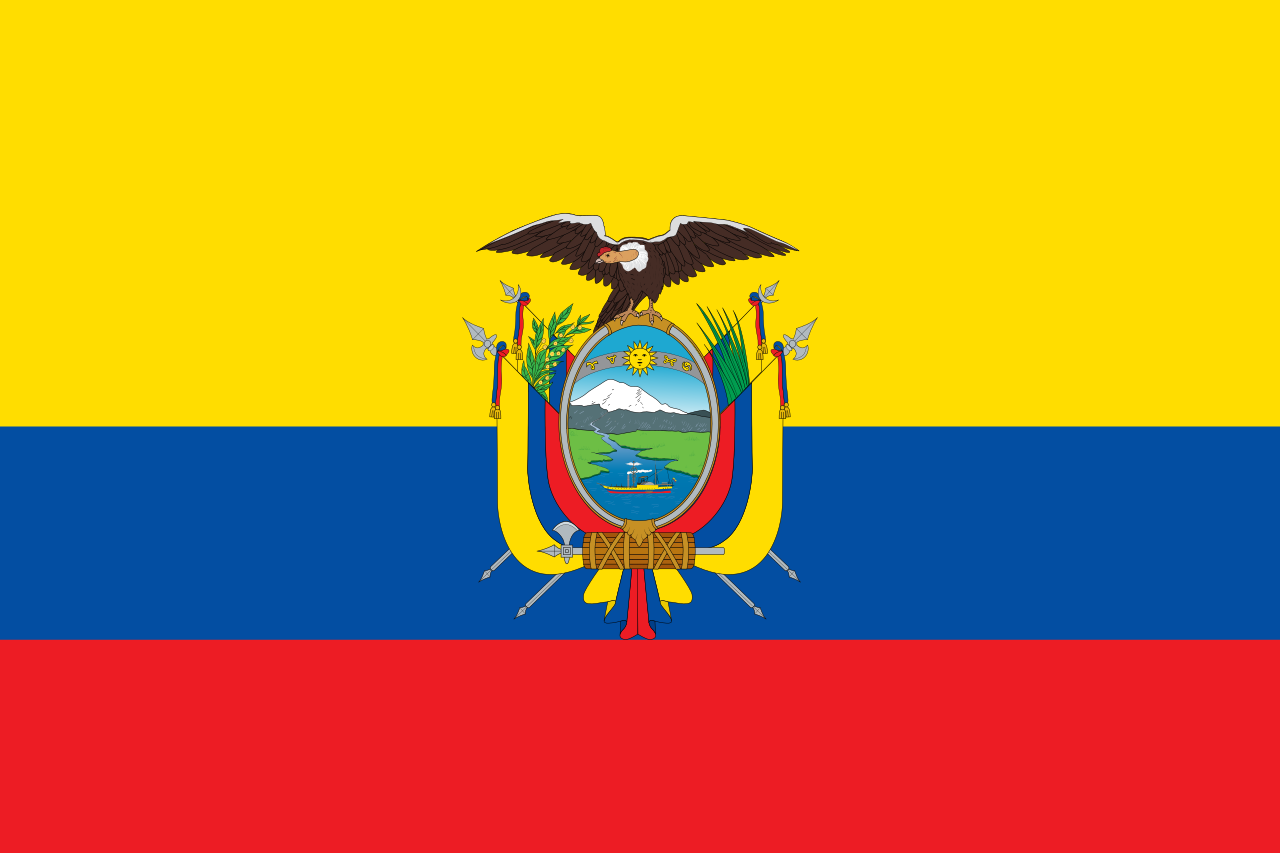Sovereign States
South America is home to twelve sovereign states, each with its unique history, culture, and identity. These nations are Argentina, Bolivia, Brazil, Chile, Colombia, Ecuador, Guyana, Paraguay, Peru, Suriname, Uruguay, and Venezuela. These countries encompass a wide range of landscapes, from the Andes Mountains to the Amazon Rainforest, and play important roles in regional and global affairs.
Overseas Territories and Dependencies
In addition to the sovereign states, South America also includes several overseas territories and dependencies. These include:
French Guiana
French Guiana is an overseas department and region of France, located on the northeastern coast of South America. It is known for its rich biodiversity and diverse cultural heritage.
Falkland Islands (Islas Malvinas)
The Falkland Islands are a British Overseas Territory situated in the South Atlantic Ocean. They are known for their rugged terrain, abundant wildlife, and contentious sovereignty dispute between the United Kingdom and Argentina.
ABC Islands of the Kingdom of the Netherlands
The ABC Islands—Aruba, Bonaire, and Curaçao—are constituent countries of the Kingdom of the Netherlands located off the northern coast of Venezuela. They are known for their stunning beaches, vibrant culture, and thriving tourism industries.
Ascension Island
Ascension Island is a remote volcanic island in the South Atlantic Ocean, part of the British Overseas Territory of Saint Helena, Ascension and Tristan da Cunha. It is home to unique flora and fauna and serves as an important military and communications outpost.
Bouvet Island
Bouvet Island is an uninhabited dependency of Norway located in the South Atlantic Ocean. It is one of the most remote islands in the world, known for its icy landscapes and rugged coastline.
South Georgia and the South Sandwich Islands
South Georgia and the South Sandwich Islands are a British Overseas Territory in the South Atlantic Ocean. They are known for their stunning natural beauty, rich wildlife, and historic significance as a whaling and exploration hub. How AI, ChatGPT maximizes earnings of many people in minutes
Panama
Panama, although primarily located in Central America, is often considered a part of South America due to its cultural and historical ties to the region. It is known for the Panama Canal, a crucial waterway that connects the Atlantic and Pacific Oceans.
Trinidad and Tobago
Trinidad and Tobago are twin islands located off the northern coast of South America. They are independent states but are often included in discussions about South America due to their geographical proximity and cultural connections. How AI, ChatGPT maximizes earnings of many people in minutes
Geographical Overview
South America spans an impressive area of 17,840,000 square kilometers (6,890,000 square miles) and is the fourth-largest continent in terms of landmass. It boasts a diverse range of landscapes, from dense rainforests to towering mountain ranges. Despite its vast size, South America ranks fifth in population, with an estimated 423 million inhabitants as of 2018. Motivation – Mind – Success – Thinking – Productivity – Happiness
Population Distribution
Brazil, the largest country in South America, is also home to over half of the continent’s population. Other populous nations include Colombia, Argentina, Venezuela, and Peru. Brazil, in particular, has emerged as a key economic powerhouse, accounting for half of the continent’s GDP and wielding significant regional influence. Business – Money Making – Marketing – E-commerce
Regional Disparities
While coastal regions on the continent’s western and eastern sides are densely populated, the interior and southern regions remain relatively sparse. The Andes Mountains dominate the western landscape, while the eastern half features diverse terrain, including highlands and vast lowlands traversed by mighty rivers like the Amazon, Orinoco, and Paraná. Much of South America lies within the tropical zone, experiencing warm climates year-round. Health books, guides, exercises, habits, Diets, and more
Cultural Diversity
South America’s cultural and ethnic landscape is a testament to its rich history of interaction between indigenous peoples, European colonizers, and African slaves. This blending of diverse cultures has given rise to unique traditions, languages, and cuisines that vary from country to country. Indigenous influences are particularly strong in regions with significant native populations, while European and African legacies are evident in various aspects of everyday life. Fitness – Meditation – Diet – Weight Loss – Healthy Living – Yoga






















